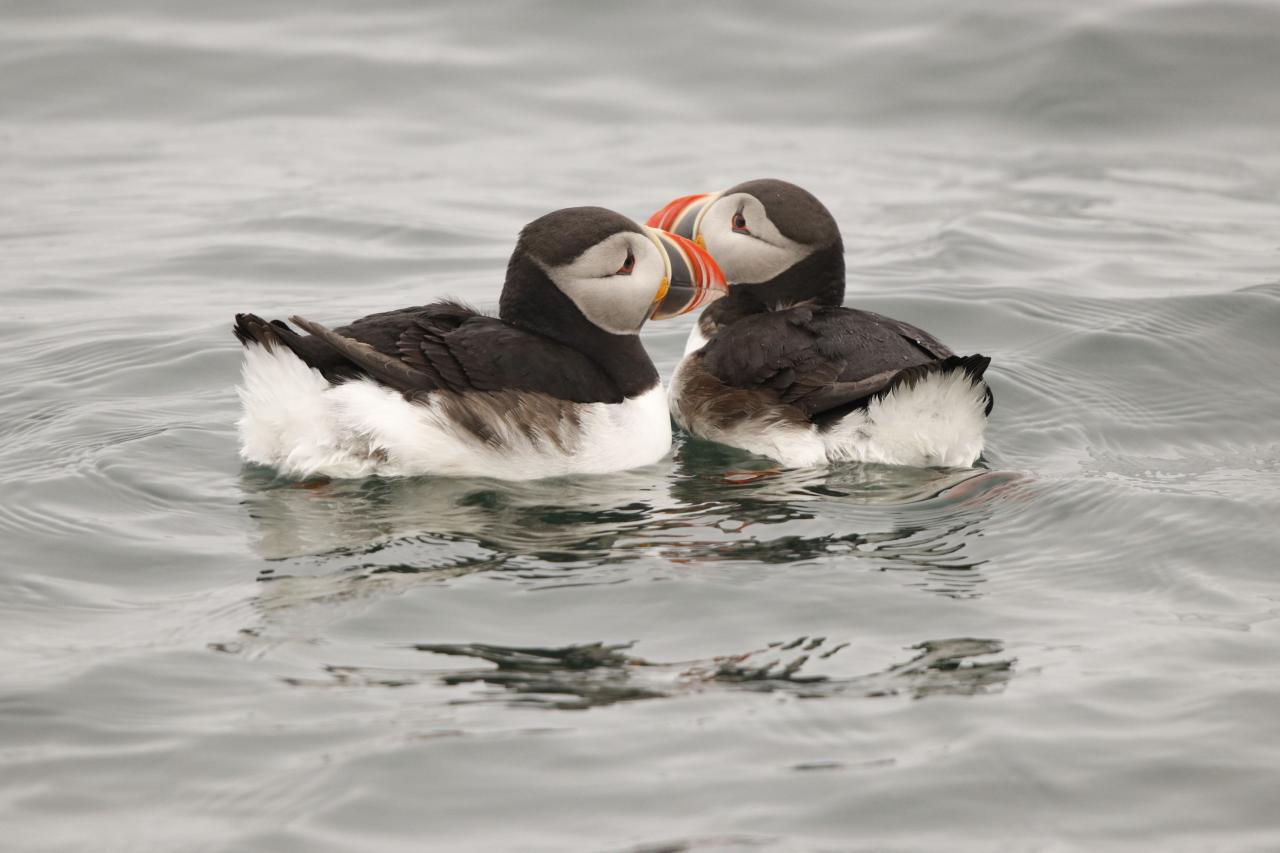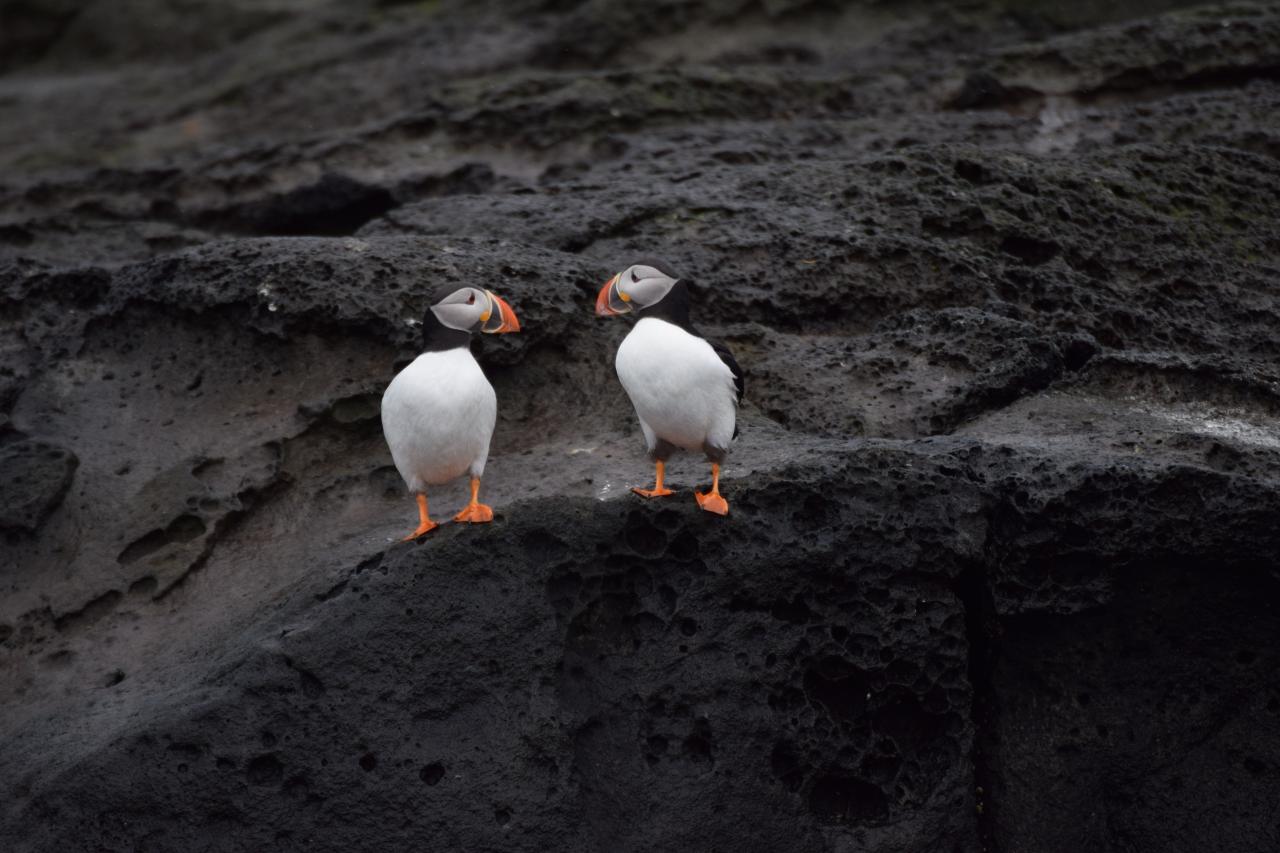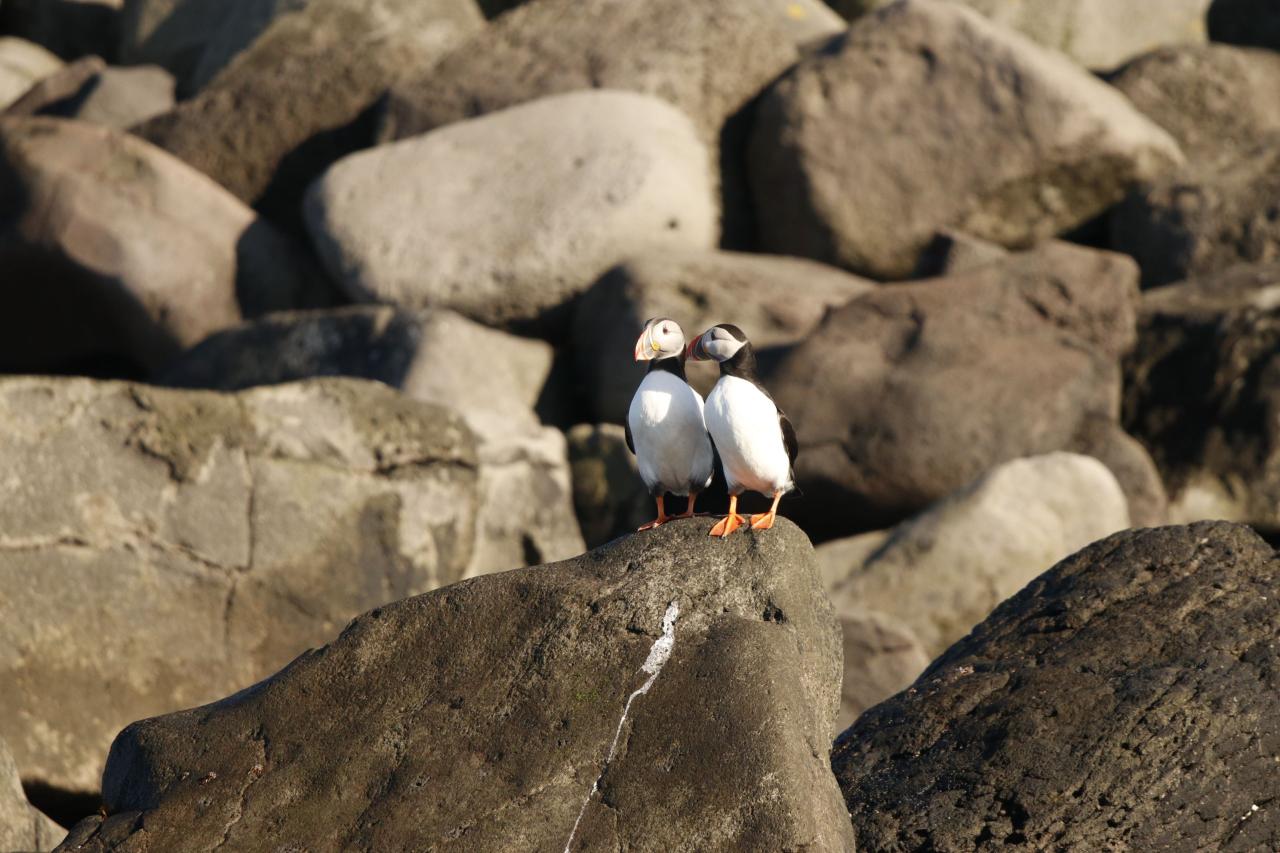Puffin Love: A Story of Beaks, Bonds, & Second Chances
Guillermo Monescillo Aragón
Image

I missed you.
Image

Who are you?
Image

Love declaration
Image

Turn the page.
Image
